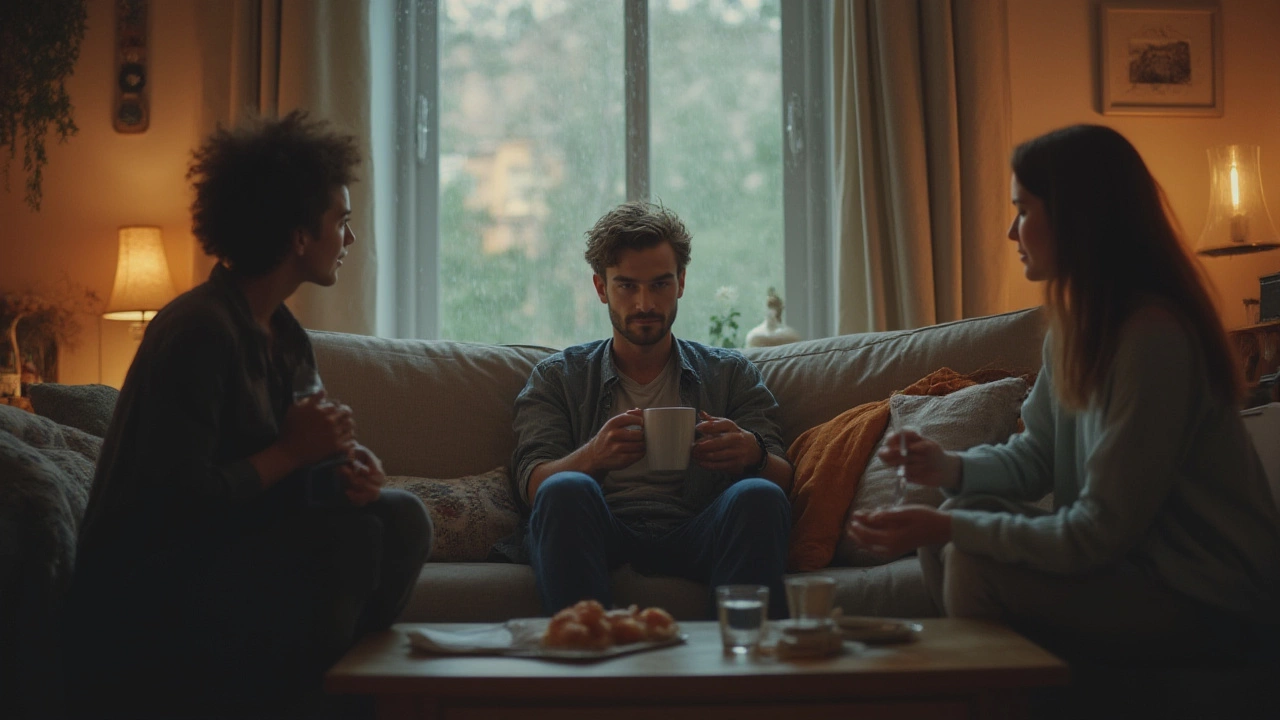
One minute, you’re giggling with your friends over a pizza. The next, the world moves in slow motion, sweat pours down your face, and there’s a toilet bowl spinning in front of your eyes. Yup, if you’ve ever smoked a little too much weed and suddenly felt like you're dying, that’s what Spanish speakers call la pálida. The awful body slump, the anxiety, the nausea—it feels worse than it actually is. But if you’re living it right now or want to know how to help someone else, what you do next makes all the difference. Here’s a deep dive into why la pálida happens, the science behind it, the exact steps to take, tips for relief, prevention strategies, and answers to questions people are afraid to ask.
Understanding What Really Happens During La Pálida
Misinformation runs wild when it comes to la pálida. Is it an overdose? Is it poisoning? The truth: it’s your body’s way of saying, “Slow down. This is too much THC for me.” The only thing fatal about la pálida is how dramatic the experience feels—it won’t actually kill you, but in the moment, you’d be forgiven for thinking otherwise.
That spinning, pale, sweaty feeling—it's a reaction to the effects of THC (tetrahydrocannabinol), the active compound in marijuana. When you take in way more THC than your body can comfortably handle, a flood of signals bombards your nervous system. Normally, tiny amounts of THC make people feel relaxed. But increase the dose, and the effect snowballs: rapid heartbeat, low blood pressure (causing the famous "going pale"), dizziness, cold sweats, and even mild hallucinations for some.
Here’s what’s physically happening: THC binds to cannabinoid receptors in your brain and gut. High levels can make the brain dump stress hormones like adrenaline, sending you into fight-or-flight mode—the opposite of the chill you were chasing. Some people are more sensitive, especially if they haven't eaten, haven't slept, or if they're nervous to begin with.
Why do people say it happens more often when you mix alcohol and weed? Cannabis slows digestion and lowers blood pressure. Add tequila or beer, and your body gets even more confused. Suddenly, that combined effect can push you over the line from ‘just high’ to ‘help, I think I’m dying.’
Here’s an interesting tidbit: a popular 2018 survey in Spain found that 32% of cannabis users had experienced la pálida at least once—usually only after taking in a lot more than they intended. But nobody needed a trip to the hospital. It’s the epitome of “uncomfortable, but not dangerous.”
If you’ve been there, you’ll know—panic is a huge part of the problem. So understanding what’s really happening inside your body can calm a lot of those fears. This isn’t permanent. It’ll pass. And believe it or not, there’s plenty you can do to make it end faster.
The Red Flag Signs: How to Tell You (or a Friend) Has Caught La Pálida
It creeps up slowly, but there are clear warning signs. What are you likely to notice? Here are the all-too-familiar symptoms of la pálida:
- Sudden whiteness or paleness in the face
- Cold sweat, clammy skin—sometimes shivering
- Dizziness or feeling faint (sometimes passing out for a few seconds)
- Nausea, sometimes leading to vomiting
- A dry mouth and that infamous 'cotton mouth'
- Racing, pounding heartbeat
- A sense of panic, fear, or intense anxiety
- Tunnel vision or blurry eyesight
- Shaky hands, trembling, or muscle weakness
If you or your friend check off three or more of these, you’re in the classic la pálida experience. Here’s something to think about: feeling faint comes from your blood pressure dropping, especially if you stand up suddenly. It’s not unusual to see someone slump or even black out for a moment. Still, as scary as it appears, recovery is almost always fast if you follow the right steps.
Worried about long-term damage? There’s no proof in any medical journal that a single bad cannabis high causes lasting physical harm in healthy people. But if someone has a heart condition, is elderly, or has a panic disorder, it’s worth keeping a closer eye—and if symptoms don’t improve in an hour, it’s not a bad call to check in with a doctor, just to be safe. But 99% of the time, la pálida fixes itself with simple home tricks.
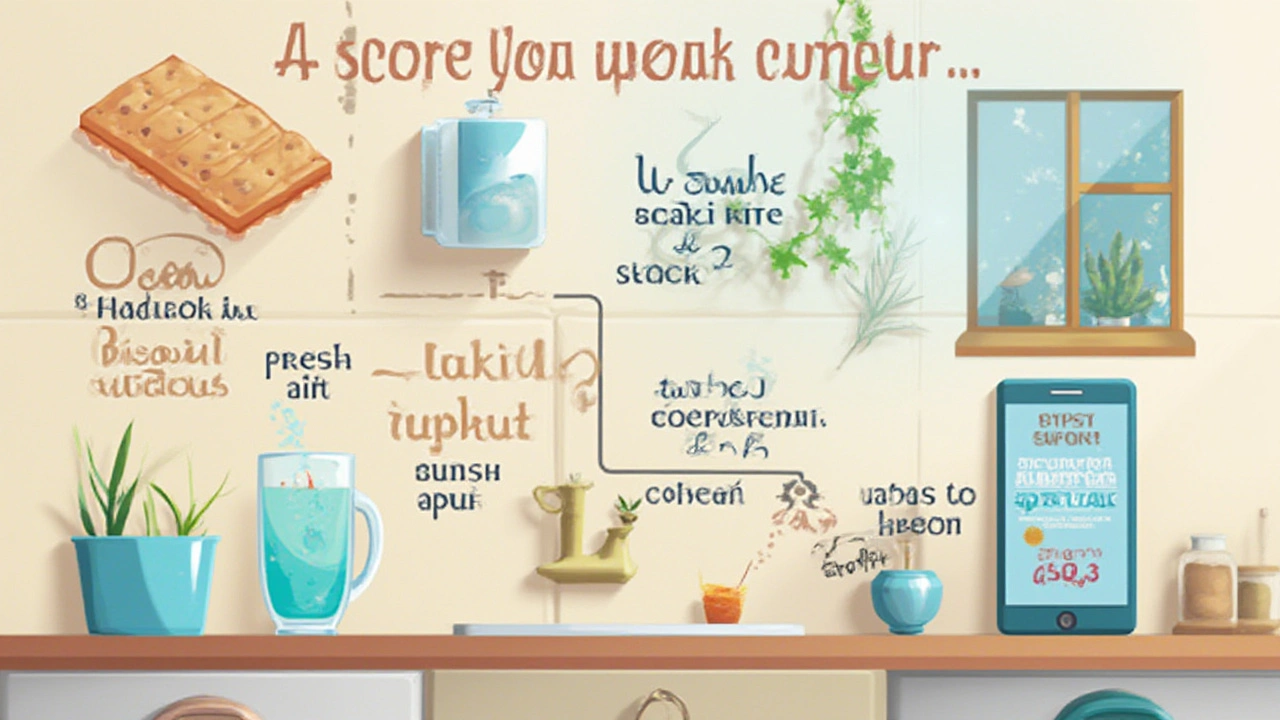
Instant Relief: What Actually Helps When You’re in the Middle of La Pálida
This is the info everyone wants: what calms things down the fastest? Forget the urban legends about drinking milk or chewing lemons—there's real science and plenty of battle-tested tips from stoners everywhere.
- Hydrate, Hydrate, Hydrate: Sip water slowly—not in big gulps. Sports drinks (like Gatorade) can help, too. You don’t need to overdo it.
- Sugar Rescue: THC can lower blood sugar, which makes everything feel worse. Grab a candy, fruit juice, or sweet snack. There’s a reason people swear by chocolates or orange slices during a bad trip.
- Deep Breaths, Calm Mind: Close your eyes and breathe in slowly through your nose, hold for a count, and let it out gently. If you can, sit somewhere comfortable and safe—lying down is totally legit if you feel dizzy.
- Cool & Quiet: Heat makes symptoms worse. Move to a cooler, well-ventilated room. Splash your face with cold water or use a damp towel on your neck and forehead.
- Distract Yourself: Watch a favorite TV show, listen to calming music, or talk to someone who makes you feel safe. The brain is weird—simple distractions can pull you out of a spiral.
- Don’t Panic—You're Not Dying: Most dangerous part of la pálida? Thinking it will never end. Remind yourself it can’t hurt you. Ask a sober friend to stay with you. Hearing “it’ll pass” works wonders.
- Avoid More Weed or Booze: Obvious, maybe, but you’d be surprised. Don’t try to ‘smoke it off’ or ‘drink it away’. That’s just more stress for your body.
Here’s an interesting fact: in 2021, a Dutch survey of ER visits from cannabis didn’t record a single death from la pálida, and recovery averaged 15 to 45 minutes after some rest and hydration. That’s right—most people are back to normal in under an hour. If you need some stats for comfort, check out the handy table below.
| La Pálida Symptom | Average Duration | Percentage of Recovery Without Medical Intervention |
|---|---|---|
| Paleness, Sweating | 10-30 mins | 99% |
| Fainting or Dizziness | 5-20 mins | 95% |
| Nausea/Vomiting | 10-45 mins | 98% |
| Anxiety/Panic | 15-60 mins | 98% |
Most “bad highs” fade by themselves with a little help, and nothing speeds it up like rest and positive distraction. If your friend is the one struggling, just being there to talk through it makes a world of difference.
What NOT to Do—Common Myths and Mistakes People Make
There’s a long list of folk remedies out there. Some tips help, but others? Not so much. Here’s what weed overdose doesn’t need:
- No Coffee or Energy Drinks: Caffeine can spike anxiety and heartbeat—exactly what you don’t want when your system’s already in overdrive.
- Don’t Force Vomiting: Throwing up might feel like it helps, especially if alcohol was involved, but it usually just adds to dehydration. Only do this if a medical professional suggests it and you genuinely think you’ve been poisoned (very rare with weed alone).
- No “Sweat It Out”: Running, jumping in hot showers, or going out in the sun may sound heroic, but raises body temperature and drops blood pressure even more.
- Don’t Be Alone: If possible, stay around people you trust. Sometimes, folks who get la pálida decide to disappear to the bathroom for privacy—which is where accidents (like falls or fainting) happen most.
What about homemade cures? Some people swear by black peppercorns—seriously, chewing on a couple or giving them a sniff. Surprisingly, there’s a scientific reason: black pepper contains beta-caryophyllene, which can bind to cannabinoid receptors and theoretically offset some THC effects. The benefit? Hard to prove, but can’t hurt to try if you’re desperate.
And the idea of drinking lots of milk? That’s from old anti-weed propaganda. Milk won’t neutralize THC—unlike alcohol, THC doesn’t bind in the stomach, so nothing you eat or drink will “absorb” it. Stick with water and juice and you’ll get the comfort you need without fuss.
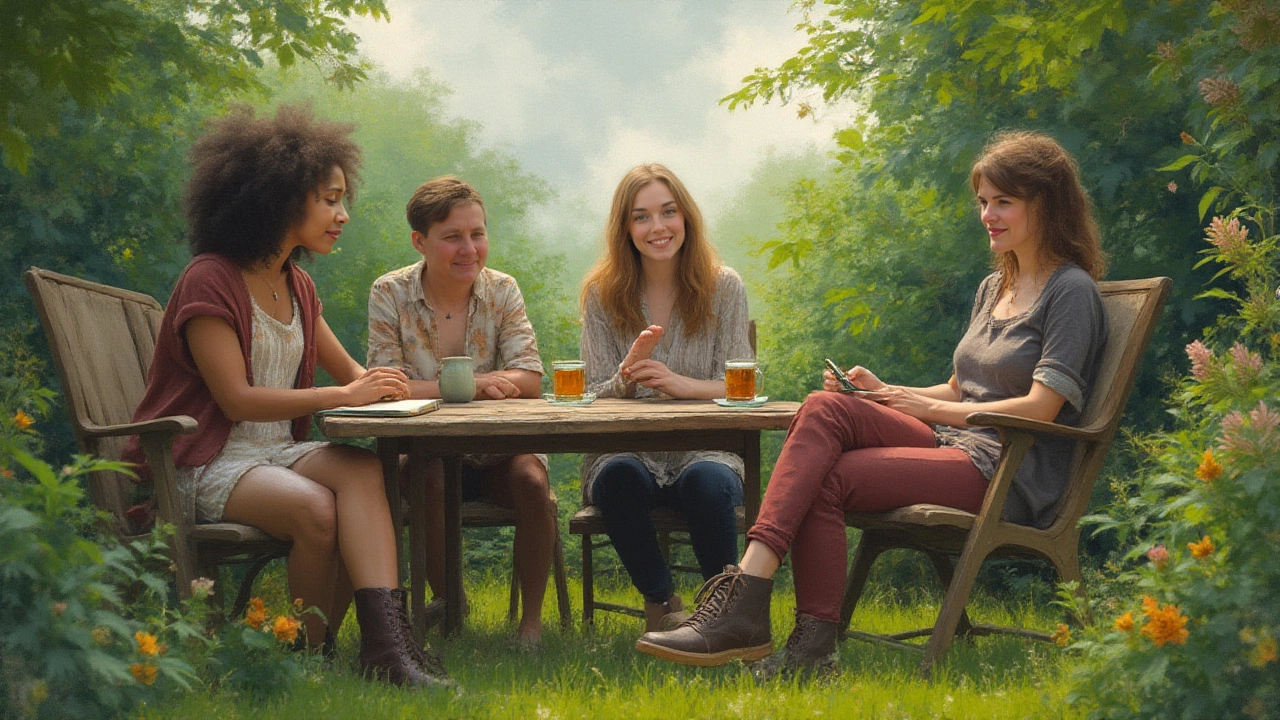
How to Prevent La Pálida in the First Place
The best fix for la pálida? Never going there in the first place. But with today’s cannabis products hitting higher THC levels than ever—yes, those vape pens and edibles are much stronger than your uncle’s 1990s weed—it’s easier than you think to get in over your head. Here’s how you stay out of that danger zone:
- Eat First: Always have a proper snack or meal before using cannabis. An empty stomach means THC absorbs faster—and hits harder.
- Start Low, Go Slow: Especially with edibles, which can take an hour to fully kick in. Don’t double your dose if you “don’t feel anything” after 20 minutes. Many la pálidas are born this way.
- Know Your Limits: Everybody’s limit is different. If you’re with friends, don’t play ‘who can take the biggest hit’ unless nobody minds taking care of each other for a while!
- Skip the Booze—Especially at First: Alcohol and weed together are a classic pálida combo for first-timers. If you’re planning to mix them, sip very lightly.
Also, if you’re anxious or stressed, your body’s more likely to tip from relaxed high to panic zone. A relaxed mood and supportive people raise your odds of a chill experience, every time.
And hey—cannabis isn’t for everyone. For about 15% of people, high-THC weed just isn’t much fun. There's no shame in saying, “No thanks” or switching to CBD-dominant products, which don’t trigger pálida even at high doses. A little self-knowledge goes a long way.


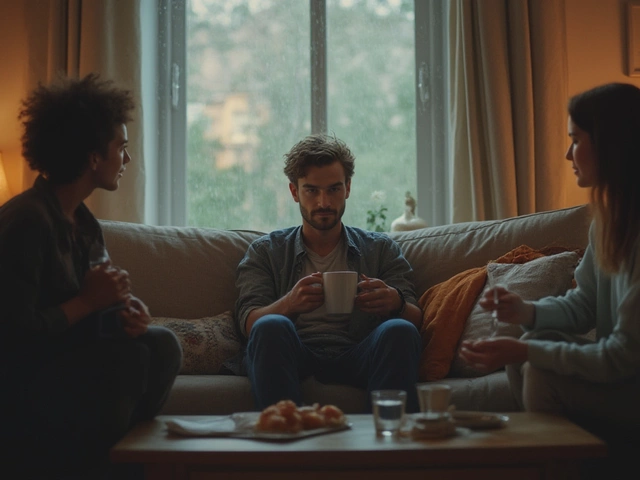

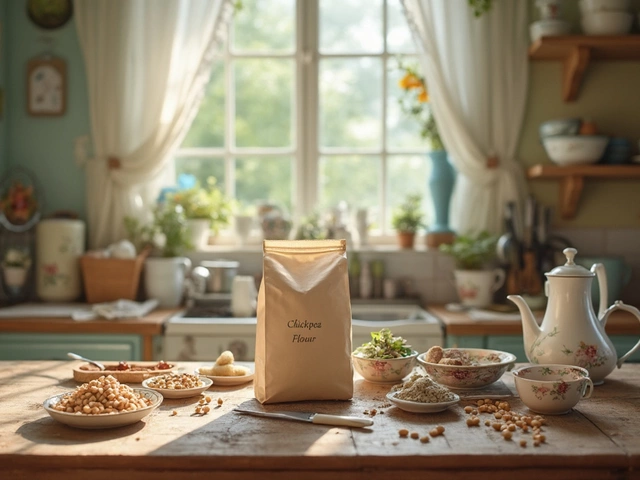
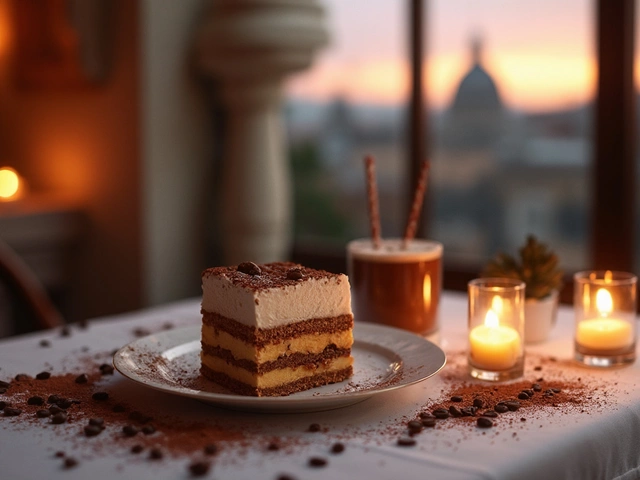
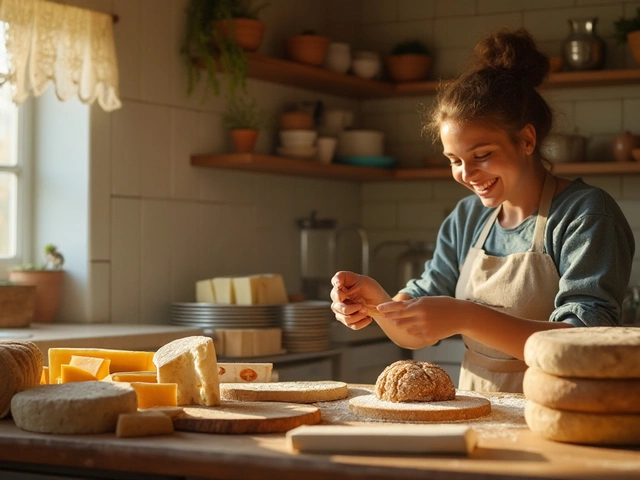
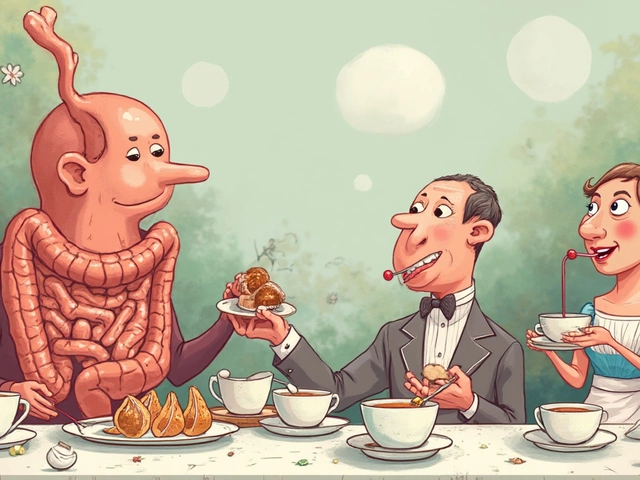
Write a comment